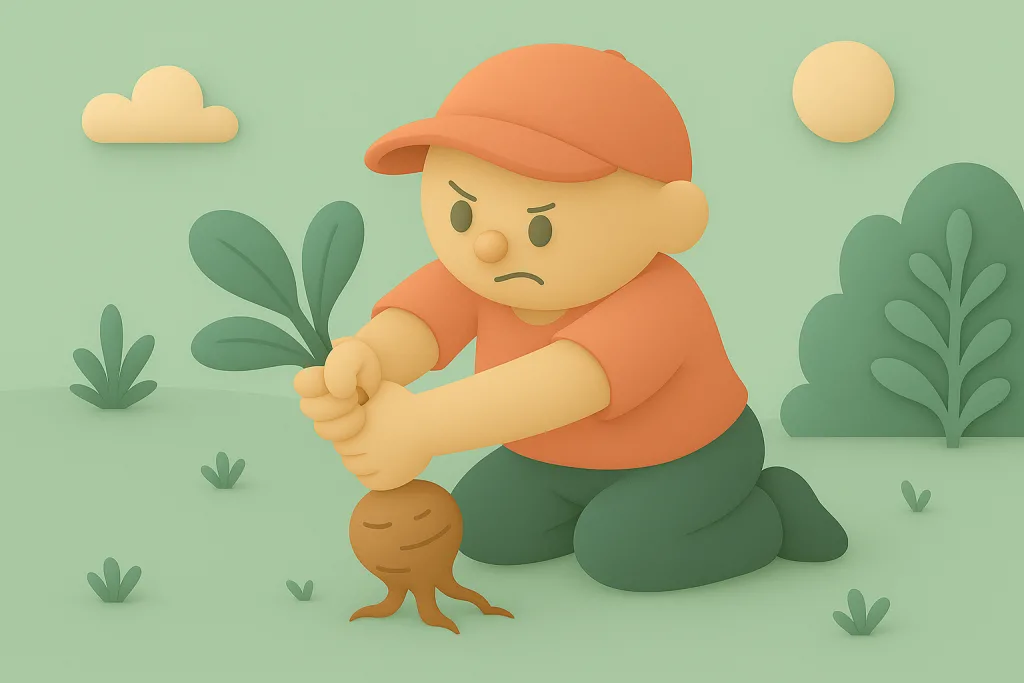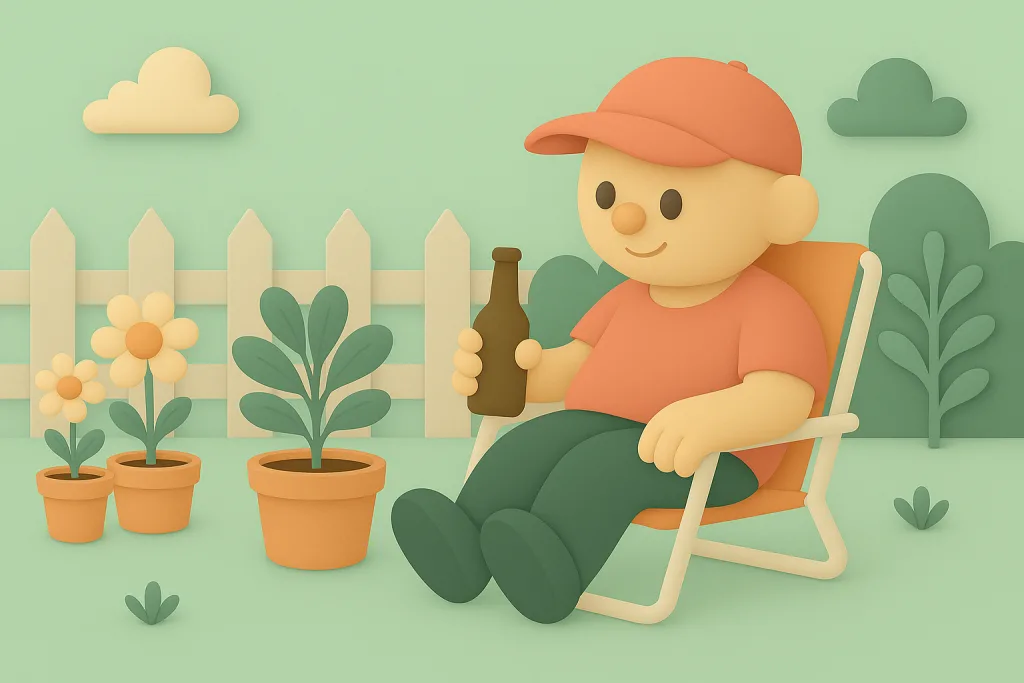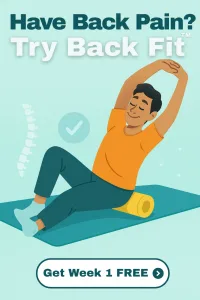Written by David Bowmaker
Well it’s just about there folks, better late than never! After what seems like a very prolonged winter, the temperature is rising (slowly) and the sun is shining (sometimes). So, it’s gardening time!
We just wanted to discuss a range of typical gardening tasks and give you a bit of advice to try and prevent some of the most common gardening-related ailments that we see in our clinic every spring.
The first key thing is don’t do too much of anything at once. It is so tempting on the first sunny, dry, calm day to get stuck into everything that you have been longingly and patiently waiting to do whilst the rain, sleet, and hail has been hammering down outside. Your body isn’t ready for it! Think of gardening as exercise and take rest breaks with some postural reversal movements in between tasks. If you’ve been bending, stretch back. If you’ve been standing, sit down.
How to Prevent Back Pain While Gardening
The number one complaint we see from eager gardeners is lower back pain. Most garden tasks involve some form of bending, lifting, or twisting – all movements that can strain an unprepared back.
Digging Without Damaging Your Spine
If the ground is too hard, try and loosen it with a fork first or a professional-grade ergonomic garden spade. The soil right now is very wet and therefore very heavy. Try and move small amounts at a time rather than as much as possible. A few more digs won’t hurt you, but a massive lump of soil might!

Fiskars Gardening Shovel for hard and rocky soils, Pointy, Length: 120 cm, Reinforced boron steel, Black/Orange, Xact, 1066729
Use your legs to push the spade and try to bend over as little as possible. Keep your back straight and engage your core muscles. Try to avoid twisting if putting the soil to the side – instead, move your feet to reposition your whole body.
When it comes to weeding, most of us don’t spend much time kneeling on the ground bending over, so our bodies are not used to this position. It is therefore so important to take regular breaks (every 10-15 mins) to straighten our backs and knees. The use of a garden kneeler and seat can be a great help and reduce strain on your joints.

seasky Foldable Garden Kneeling and Seat, Anti-Tipping Gardener Stool Widened Thick Soft Kneeling Pad, Heavy Duty Gardening Stool with Garden Tool Bag, Gardening Gift (Black)
For planting, use a table if possible so you bend over as little as possible. There are so many gardening tasks that require you to bend over, including planting seedlings in the ground. This standing posture could be used as a break or change in position from weeding. Maximising time but minimising risk!
Safe Techniques for Common Garden Tasks
Tackling Stubborn Roots and Plants
You wouldn’t believe the number of folk we see who have hurt their backs and shoulders trying to pull up stumps or plants. The root system is inevitably much bigger and stronger than you think!

Try and break the roots as much as possible first. Loosen the soil around the plant, then continue to cut the roots as you gain access when the stump begins to move more. Don’t force it or it will win! Take your time and keep loosening until the root ball can be removed without requiring maximum, blood-pressure-raising force.
Painting Fences and Garden Furniture
Fences can look a bit tatty after a long winter. Try and paint in front of you as much as possible so you don’t have to reach too far. Move closer to where you are painting frequently.
For those low bits, kneel down on one knee or two. Use kneeling pads or mats especially if you are kneeling on a hard surface or have sore knees anyway. For the high areas, try not to overreach and use a small ladder or stool to stand on (make sure it is safe and steady). High-quality electric paint sprayers are also a great way to make the fence painting task much easier on your body.

NEU MASTER Upgraded Paint Sprayer – Fence Paint Sprayers [500W/1200ml/4 Nozzles/3 Patterns] HVLP Electric Spray Gun for Home Interior and Exterior, Cabinets, House, Fence, Ceiling
If like me you have found the joy of outdoor wooden furniture paint to give new life to faded grubby-looking garden pieces, vary your position, take breaks regularly, and don’t necessarily do all the tasks at once!
Mowing and Raking Without Strain
The first cut is the worst cut! The grass will be too long and probably a bit damp. For less strain on your body, a self-propelled cordless lawn mower can make the job much easier. Raise the blades as high as possible so that you don’t feel like you’re driving into a snow drift! Don’t necessarily wait for the grass basket to be full before you empty it as it will be heavier.

Greenworks 48V (2x24V) Self Propelled Cordless Lawnmower for Large Lawns up to 480m2, 46cm Cutting Width, 55LBag PLUS Two 4Ah Batteries and Twin Charger, 3 Year Guarantee GD24X2LM46SPK4X
If you have a hover mower, stick to pushing forwards and backwards. Side-to-side or arc movements can be much harder on your body, especially your lower back.
Raking tends to be one of those bending over activities that it’s hard to stand up straight from if you do it too long! Make sure you take regular short breaks and stand up straight. Only make small piles to lift. Bring the garden refuse bin to you to reduce the labour. Try and minimise the amount of bending and twisting and alternate with other tasks.
Essential Equipment for Pain-Free Gardening
The Right Tools Make All the Difference
Remember, you can get lighter tools and longer handles to make many tasks a little easier. Look for ergonomic designs that keep your wrists in a neutral position.
For cutting branches and pruning, make sure you have got the right tools and that they are sharp. Premium cordless electric pruning shears can reduce strain on your hands and wrists significantly. Most people aren’t used to squeezing hard to cut or trim, and this uses your forearm muscles a lot. As always, don’t try and do too much at one time, take a break so the muscles can recover.

Einhell Power X-Change 18V Cordless Electric Pruning Shears – Motorised Garden Secateurs Heavy Duty Ideal For Arthritic Hands – GE-LS 18 Li-Solo Garden Pruners (Battery Not Included)
If you are pruning high branches, make sure you use telescopic pruning loppers or ladders so that you don’t have to overreach. Anything above your head often puts our necks and shoulders into positions that they are just not used to, so take great care and if possible, work mainly below head height.

Gardena StarCut 160 plus: Hedge and tree lopper for comfortable cutting of hedges and branches,160 cm total length, 3.5 total reach including user, up to 200° cutting angle (12000-20)
Protective Gear Matters
Many tasks in the garden involve dealing with sharp objects (wood, metal, thorns), chemicals and other materials and substances that our hands don’t like. Make sure you wear appropriate gloves for the task.
Kneeling pads are a must-have for any gardener. Your knees will thank you! For moving heavy pots, try putting them on a heavy-duty plant caddy with wheels to reduce the amount of heavy lifting you need to do, especially when dealing with large plants or when the soil is wet.

Amagabeli 2 Pack Metal Plant Caddy with Wheels Heavy Duty 36cm Round Outdoor Plant Stand on Wheels Garden Flower Plant Pot Stands Wheels Dolly for Indoor Plant Trolley Casters Rolling Coaster Black
When to Take Breaks and How to Recover
The key to enjoying your garden without pain is pacing yourself. If you’re working for a good bit of time, make sure you vary the task and take plenty of breaks. Some simple stretches can help prevent stiffness:
- For your back: Stand up straight and gently bend backwards a few times after periods of forward bending
- For your knees: Gentle knee straightening if you’ve been kneeling
- For your shoulders: Roll your shoulders backwards after reaching or pruning
- For your wrists: Flex and extend after using tools
All of the tools and equipment mentioned are available from good garden centres in your area. Don’t forget to treat yourself to a coffee and cake while taking a break from all the shopping!
Enjoying Your Hard Work

You’ve been warned, and hopefully you are now sitting, looking at a beautifully manicured lawn and flower-laden beds, perched on a vibrant coloured chair with a smug satisfied grin on your face and a tea, coffee, water, gin, wine or beer in your hand.
If not! You know who to call! Us if you’re sore, or a gardener if you can’t be bothered doing it all yourself!
As always, the stronger, fitter and more mobile you are before you do tasks like gardening, the better you will be. Next year maybe think about doing some fitness classes through the winter to get you “Gardening Fit.”
Frequently Asked Questions
What are the most common gardening injuries?
The most common gardening injuries include lower back pain, knee pain, wrist strains, and shoulder injuries. These typically occur from repetitive movements, improper lifting techniques, or overexertion.
How long should I garden before taking a break?
It’s recommended to take a short break every 20-30 minutes of gardening. Vary your tasks to use different muscle groups and change positions frequently.
Are there specific stretches I should do before gardening?
Simple stretches for your back, shoulders, wrists, and knees can help prepare your body for gardening. Gentle trunk rotations, shoulder rolls, wrist circles, and knee bends are all good options.
What’s the best time of day to garden to prevent injuries?
Mid-morning is often ideal – the temperature is moderate, your body has had time to wake up, and you’re less likely to overexert yourself than in the afternoon when fatigue sets in.
Should I wear a back brace while gardening?
For most people, strengthening your core muscles is better than relying on a back brace. However, if you have existing back issues, a lightweight, flexible support might be helpful for some tasks.
Affiliate Disclaimer: This article contains affiliate links. If you purchase products through these links, we may earn a small commission at no additional cost to you. We only recommend products we personally believe will be helpful for our readers. Thank you for supporting the blog.













